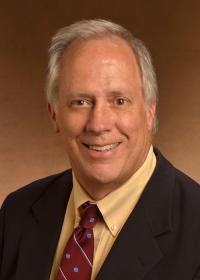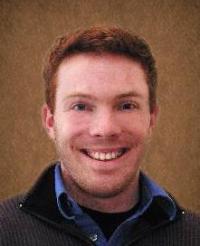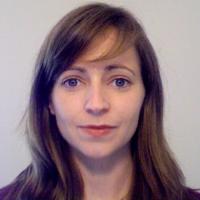
High performance structural materials are important for the satisfactory operation of existing fission reactors that provide nearly 20% of the electricity in the US, and are even more crucial for the viability of future advanced nuclear energy systems including proposed Generation IV fission and fusion energy reactors and space reactor systems. Key materials science aspects associated with operation in these extreme temperature, mechanical stress and radiation environments will be summarized. Of particular importance for structural materials in nuclear energy systems is the intense neutron displacement damage environment. Examples will be given of fundamental radiation effects research that has provided considerable insight into defect production and evolution mechanisms in materials.
Based on improved understanding of fundamental radiation effects in materials, three major approaches have emerged for science-based design of radiation-resistant materials: select materials with immobile vacancies at the desired operating temperature; use materials with potentially intrinsic high defect recombination such as body centered cubic alloys, amorphous materials or high entropy alloys; and design materials with ultra-high point defect recombination sinks (nanoscale precipitates, multilayers, etc.). These materials science approaches will be briefly reviewed. Opportunities to harness recent materials science advances including computational thermodynamics to produced tailored high performance alloys and additive manufacturing to enable near net shape fabrication of geometrically complex, high performance structural materials will be briefly discussed.
Steve Zinkle is a Governor’s Chair Professor in the Nuclear Engineering Department with a joint appointment in the Materials Science & Engineering Department at the University of Tennessee, Knoxville. Prior to October, 2013, he was Chief Scientist of the Nuclear Science and Engineering Directorate and a Corporate Fellow at Oak Ridge National Laboratory (ORNL). He previously served as the director of the ORNL Materials Science and Technology Division from 2006 - 2010, and in a variety of research scientist and program management roles at ORNL. Much of his research has utilized materials science to explore fundamental physical phenomena that are important for advanced nuclear energy applications. His research interests include deformation and fracture mechanisms in structural materials, advanced manufacturing, and investigation of radiation effects in ceramics, fuel systems, and metallic alloys for fusion and fission energy systems. He received his PhD in Nuclear Engineering and an MS in Materials Science from the University of Wisconsin-Madison in 1985. He has written over 250 peer-reviewed publications, is a recipient of the 2006 U.S. Department of Energy E.O. Lawrence Award, and is a fellow of the American Physical Society, the Materials Research Society, The Minerals, Metals and Materials Society (TMS), ASM International, the American Ceramic Society, the American Nuclear Society and AAAS. He is a member of the National Academy of Engineering.









